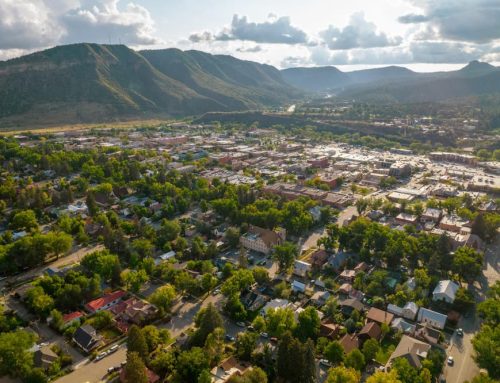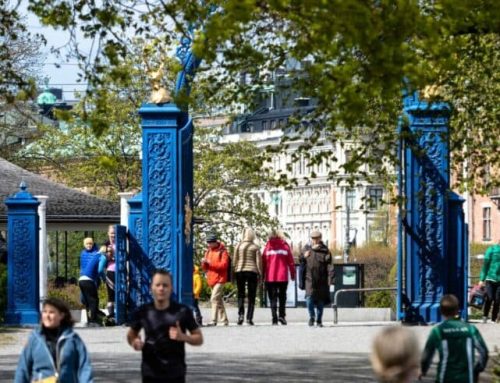Destination Stewardship Report – Autumn 2023 (Volume 4, Issue 2)
This post is from the Destination Stewardship Report (Autumn 2023, Volume 4, Issue 2), a publication that provides practical information and insights useful to anyone whose work or interests involve improving destination stewardship in a post-pandemic world.

Before and after pictures of Durbar square in Kathmandu. [Photo courtesy of National Geographic]
Tourism and Natural Disaster Recovery: Keys to Success
What is the impact of natural disasters on tourism and how can the tourism industry itself promote recovery for the destination? Examining Nepal’s recovery following the Gorkha Earthquake in 2015, Jacqueline Harper shares insights into the role of tourism in disaster recovery, emphasizing the significance of swift recovery, effective destination marketing, strategic partnerships, and the opportunity to build back better through sustainable and community-focused approaches.
How tourism can help a tourist destination recover after a natural disaster
In the wake of the Maui fires, earthquakes in Morocco, a new 2023 quake in remote western Nepal, and other recent natural and manmade disasters, tourism officials have been contemplating when to resume their tourism operations. This dilemma is not uncommon. Re-opening too soon can endanger tourists’ safety; add pressure to already taxed infrastructure, accommodations, and resources; and re-traumatize residents when tourists ask how they were affected by the disaster. On the other hand, tourism and the resumption of business activities is urgently needed to fuel the speedy recovery and rebuilding of the devastated local economy.
The Gorkha Earthquake in Nepal is a case study of how tourism can aid in disaster recovery. On April 25th, 2015, the Gorkha region of Nepal was the epicenter of a 7.8 magnitude earthquake. Hundreds of aftershocks occurred for months afterward, leaving a serious impact on the country’s infrastructure, including many heritage sites that double as tourist sites. Thousands of people were injured and died. Damages cost approximately $7 billion USD, and impacted about one-third of the population. In terms of tourist arrivals, after 6 months, visitor numbers had declined by 42%.
I spent 3 months in the Kathmandu Valley researching how tourism can help a tourist destination recover after a natural disaster and gained four key insights:
1. There was a quick time frame for tourism to return to normal levels.
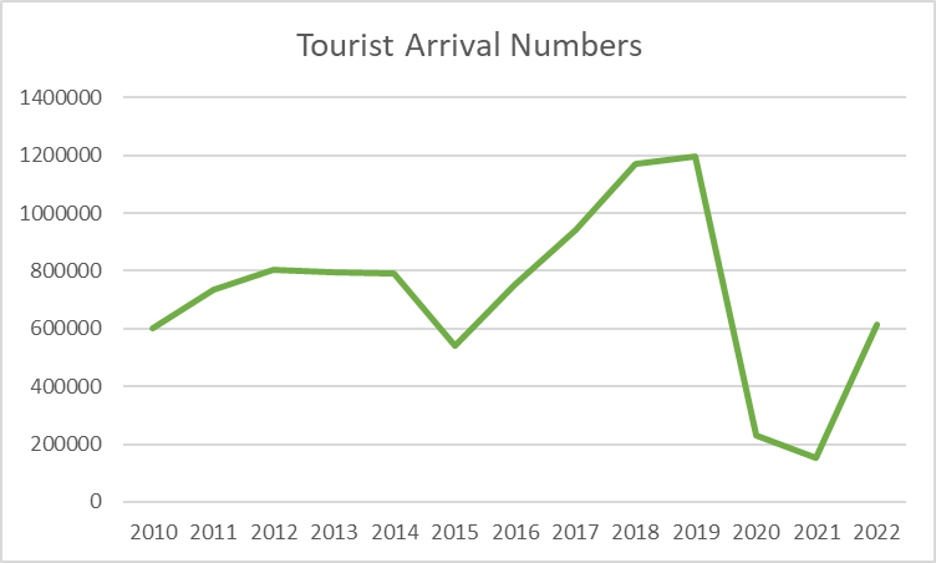
Tourist Arrival Numbers from 2010 to 2022. [Tourist Arrival Numbers received from the Ministry of Culture, Tourism & Civil Aviation]
2. Destination marketing played a critical role in the post-disaster tourism recovery.
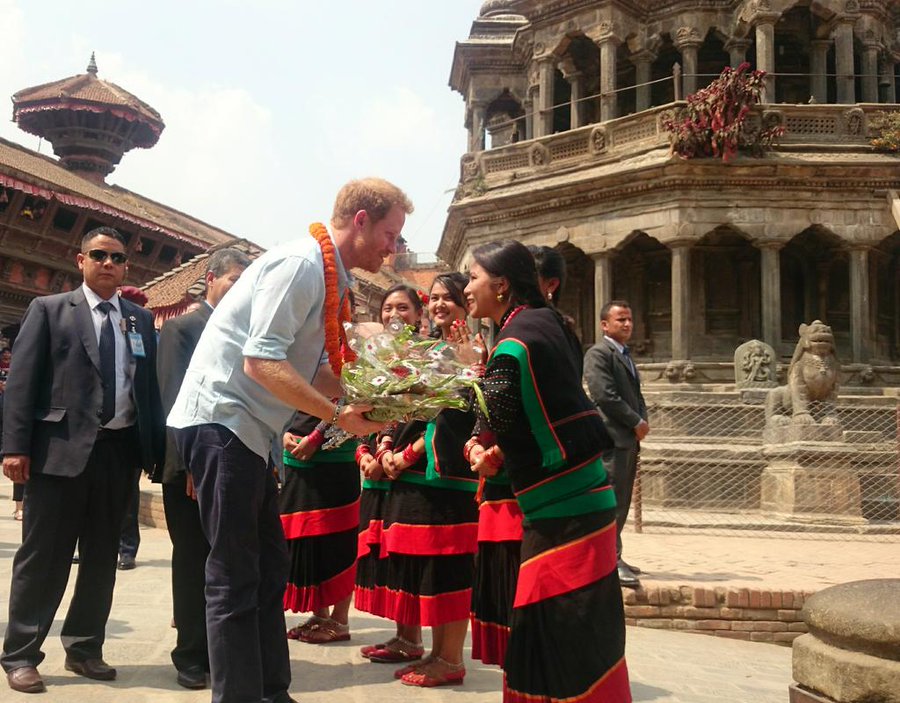
Prince Harry visiting Patan Durbar Square to view ongoing efforts to restore one of Nepal’s cultural treasures. [Photo courtesy of Jacqueline Harper]
NTB invited celebrities in key market groups to come to Nepal and highlight its tourism offerings: Jackie Chan, David Beckham, and Prince Harry, to name a few. This sparked conversation in the international news and demonstrated to international markets that Nepal was once again open for tourism. Additionally, representatives from NTB were sent on international roadshows to promote Nepal to tourism agencies, who would then promote traveling to Nepal within their own countries.
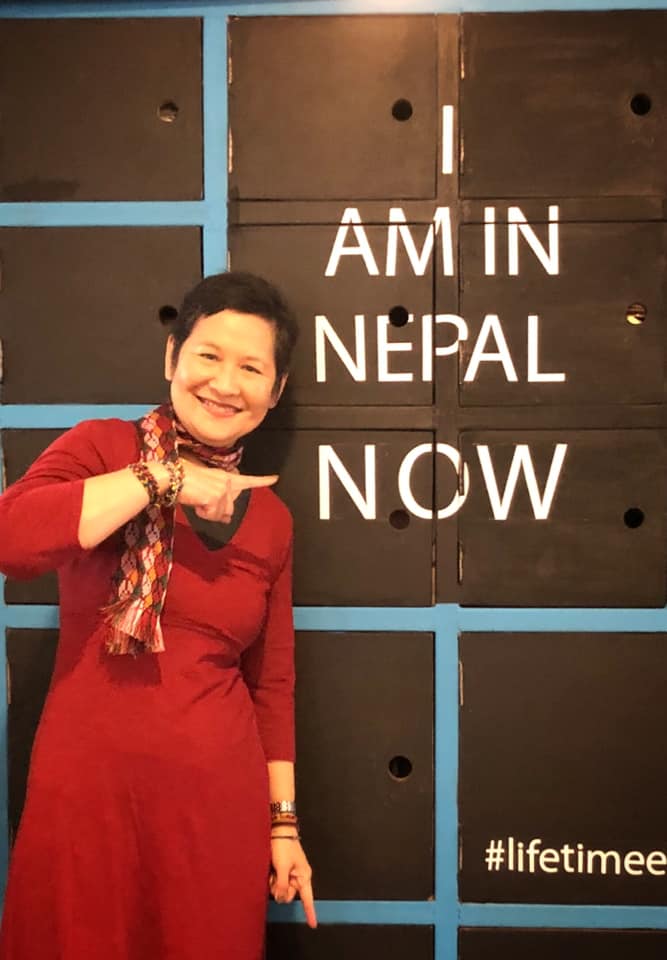
Norie Quintos, a communications and content consultant, posing in front of an “I am in Nepal Now” sign in June 2019, while visiting the Himalayan Travel Mart conference. [Photo courtesy of Jacqueline Harper]
Between 2017 and 2019, NTB organized travel conferences inviting international press and journalists to come to Nepal and experience a location, such as Pokhara. In turn, they would write about it, and promote Nepal to foreign audiences.
These different methods allowed the NTB to rewrite the narrative of the country post-disaster and promote tourism once again.
3. Partnerships are key to disaster and tourism recovery.
The success of Nepal’s disaster recovery was also due to partnerships. NTB worked with news outlets like BBC, CNN, and TripAdvisor to get the message out that one could safely travel to Nepal. They also had financial and technical support from other countries like Japan International Cooperation Agency, China Aid, USAID to rebuild heritage sites. International Knowledge of tourism recovery came from PATA, the World Bank, and UNWTO to help with the tourism recovery. International partnerships were key for rebuilding and financing the recovery, but also marketing the country to foreign markets.
4. Disasters are an opportunity to build back better within the tourism industry.
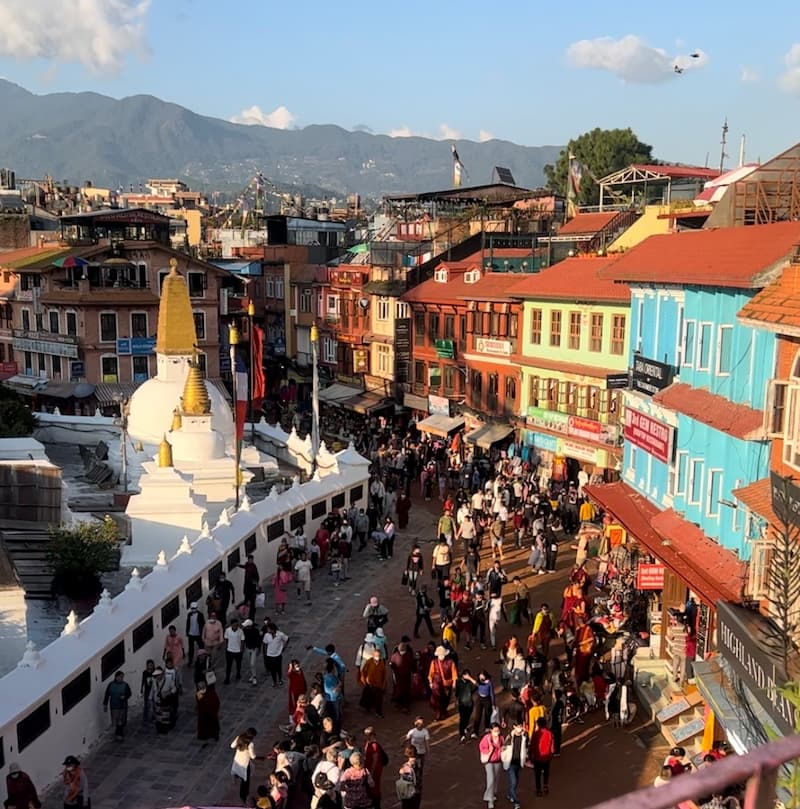
Tourists and locals make their way around the Bouddha Stupa in Kathmandu, Nepal. [Photo courtesy of Jacqueline Harper]
For example, New Zealand’s response to the Christchurch earthquake, with its focus on sustainability and community involvement, is a prime example of (1) sustainable rebuilding, (2) community engagement, (3) promotion of local businesses, and (4) resilience and adaptation.
- After the devastating earthquakes in 2010 and 2011, Christchurch embarked on a journey of sustainable rebuilding. This involved not just reconstructing damaged infrastructure but doing so with an emphasis on eco-friendly and resilient designs. Many buildings incorporated modern earthquake-resistant features and energy-efficient technologies.
- A critical aspect of the recovery was the involvement of the local community. Residents were encouraged to participate in the decision-making process, allowing them to have a say in how their city would be reimagined. This engagement ensured that the rebuilt city reflected the desires and needs of the people who call it home.
- In the aftermath of the disaster, there was a concerted effort to support and promote local businesses. The “Shop the Sirens” campaign encouraged residents and visitors to shop at local stores, helping these businesses recover and thrive.
- The earthquake catalyzed Christchurch to become more resilient in the face of future disasters. The city implemented comprehensive disaster preparedness and risk reduction strategies to mitigate the impact of any future seismic events. By following the path of building back better, destinations can not only recover but emerge stronger, ensuring that the benefits of tourism extend to all and that they are better prepared to face any future challenges that come their way.
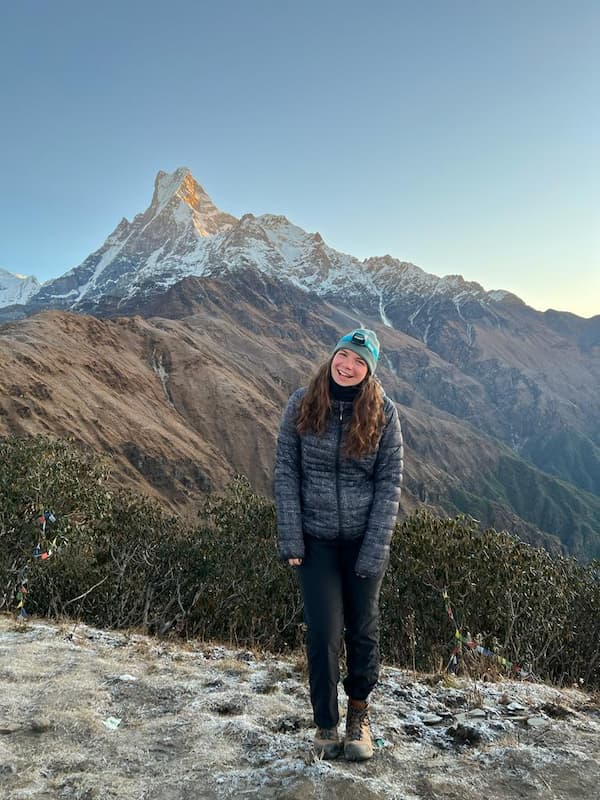
About the Author
Jacqueline Harper is a Masters of Environmental Studies in Geography student at the University of Waterloo in Canada. Her masters research focuses on looking at the role social and cultural capital plays in aiding tourism recovery in the Kathmandu Valley post-Gorkha earthquake. As an inspiring destination stewardship practitioner, Jacqueline hopes to work in tourism after grad school. As such, she has volunteered with the Destination Stewardship Center, researched the impacts of cruise vs layover tourism, and interned at the Center for Responsible Travel and Solimar International.


